SUMMARY
This is AI generated summarization, which may have errors. For context, always refer to the full article.
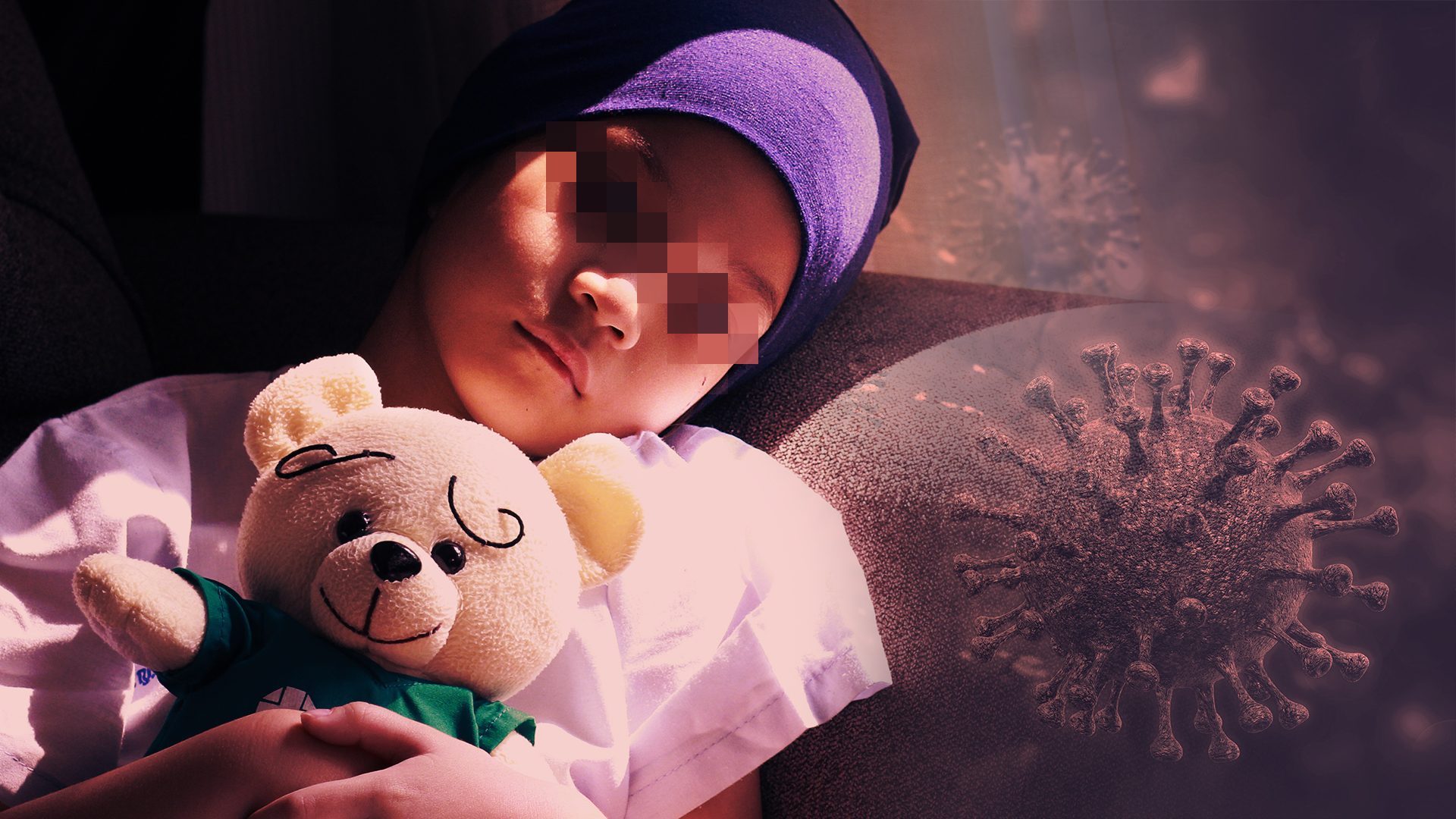
Cancer was already a difficult battle for young John*. Despite the circumstances, he is a fighter. The face of his mother Rosemarie lights up as she talks about her son’s resilience in his years-long fight.
With John among 7 siblings, the house is never dull. Even if he isn’t allowed to get tired due to his blood cancer, his brothers and sisters always make sure he is a part of things safe for him.
John has been receiving regular chemotherapy since he was diagnosed 3 years ago. But following the coronavirus pandemic and the suspension of public transportation for what seemed like an indefinite time, Rosemarie found herself in a quandary on how to go about her child’s treatment.
John is one of the thousands of children in the Philippines with pediatric cancer. Close to 3,000 new cases of cancer in children are reported every year, with an estimated half of them with leukemia, the University of the Philippines said in September 2020.
According to the World Health Organization, cancer is a leading cause of death for children worldwide. In high-income countries, more than 80% of children with cancer are cured, but in many low- and middle-income countries, only 20% are cured.
Meanwhile, data from the Department of Health as of October 23 shows that out of the total out of the 349,564 COVID-19 cases in the Philippines, 17,097 are children aged 0 to 14. Thousands of kids get infected even as government quarantine restrictions prohibit minors from going out for non-essential tasks.
With children among the groups deemed most vulnerable to the coronavirus, the battle to protect against infection becomes doubly terrifying for those with cancer and other preexisting conditions.
Lack of transport, blood donors
When the Philippine government put Luzon on lockdown on March 17, it suspended all forms of public transportation as well.
Around 80% of patients with pediatric cancer already “live too far away to access treatment” in the Philippines, according to the World Child Cancer organization.
Rosemarie’s family, who lives in Bulacan, didn’t have their own car. Like many other commuters, they were initially left to fend for themselves. It was difficult to find someone willing to lend a vehicle but Rosemarie was bent on bringin her child to his chemotherapy sessions.
Fortunately, with the help of her barangay and Kythe Foundation, John is able to continue his treatment. Sometimes Rosemarie is surprised to find a car already waiting outside for John’s next appointment.
Meanwhile, for Myra and her teenage son Renzo*, blood donations that used to be easily accessible are now harder to find, as Myra thinks people might be more scared now to expose themselves. Renzo, like John, suffers from cancer of the blood.
“Sobrang hirap makahanap ng dugo. Takot kasi silang pumasok sa ospital dahil sa COVID. Kakaunti lang ‘yung mga walk-in donors,” said Myra. (It’s so difficult to find blood. The [donors] are probably scared to enter the hospital because of COVID. There are also few walk-in donors.)
Myra said she resorts to asking hospital staff – intensive care unit staff and janitors – if they could be the blood donors themselves. Kythe Foundation used to have blood-letting activities, but they’ve been suspended due to the pandemic.
Units of blood at Renzo’s hospital cost P1,500 to P1,800 each. Myra, a solo parent, has to shell out up to P7,200 for Renzo’s 3 to 4 units every month.
Girlie Lorenzo, Kythe executive director, said some medicines for the patients were stuck in Customs when the pandemic kicked in. Because of this, some patients who were supposed to be on maintenance relapsed. There were also some who died because they were unable to go to their regular checkups.
Lorenzo recalls a time when a family requested for an oxygen refill for their tank at home instead of their usual food support from Kythe. Typically, it is the hospital that provides this, but Kythe needed to fill in.
Fighting fears
Donors aren’t the only ones afraid to enter hospitals – so are the mothers of John and Renzo. Even as Myra calls hospital visits part of their family’s “life routine” every 3 weeks, she acknowledges the added fear of going ever since the pandemic began. It’s Renzo’s courage, however, that tempers her own personal fears.
Similarly, Rosemarie tells Rappler that she is scared too, but she has to put up a strong front for John. “Hindi kasi puwedeng makita ng anak ko na natatakot kami. Parang sinabi na rin namin na hanggang doon na lang kami,” she said. (My son shouldn’t see that we’re scared. It’d be like we’re saying that this is all we can do.)
John’s trips to the hospital involve first being wrapped whole-body in a “one-piece,” as his mother describes his personal protective suit. For Renzo’s body, being totally wrapped up in a suit is too hot, so his mother just makes sure he always has on his face mask and face shield.
Before the pandemic, Renzo used to be able to socialize with his cousins outside, but now the only places he’s allowed to be are his house and the hospital.
“Sa edad ng anak ko, naiintindihan niya ang pandemya. May times na natatakot din siya. ‘Pag sa ospital, doon lang talaga kami sa ward. May naka-ready siyang [alcohol] spray [at ‘pag uuwi ako] i-spray niya ako. Kahit na inip na inip siya sa bahay, dito lang siya,” said Myra.
(At my son’s age, he understands the pandemic. There are times he’s scared too. In the hospital, we only stay in the ward. He always has an alcohol spray [and when I come home] he sprays at me. Even if he gets so bored at home, he just stays here.)
Pediatric cancer in the Philippines
Among the thousands of kids with cancer in the Philippines, two thirds of patients are diagnosed at advanced stages, according to development studies professor Loyda Cajucom.
According to the Philippine Information Agency, there are 130 hospitals treating children with cancer in the Philippines as of September 2019, but only 3 have dedicated pediatric oncology wards – two in Metro Manila, and one in Davao.
The Philippines is still part of the low-and-middle income countries (LMIC) in Asia which struggle to battle childhood cancer. Consistent with WHO data, a recent Pediatric Hematology Oncology Journal article said LMICs only have a 10% to 30% cure rate compared to nearly 80% in high-income countries like Japan, South Korea, and Singapore.
Early research has shown that a person with cancer, or other existing medical conditions, are at greater risk of experiencing severe or fatal cases if exposed to the coronavirus.
A May 2020 study from medical journal The Lancet looking at 900 patients with ongoing or previous cancers and COVID-19 from the United States, Canada, and Spain, said that 13% died and 26% either died or had severe cases. These rates were found to be much higher than for the general population.
But there is hope, however, for pediatric cancer patients, as another US study found that the morbidity of COVID-19 in kids with cancer was low, with just 5% needing hospitalization for their symptoms.
The peer-reviewed report from medical journal JAMA suggested that kids with cancer, compared to other children, may not be more vulnerable to infection or death from COVID-19.
Distance playing
The Kythe Foundation, now on its 28th year, provides psychosocial support for children with cancer and other chronic illnesses and their families. Simply put, they make sure children with cancer still get to enjoy their childhood, even in the physical and mental pains of sickness. This is called their Child Life Program (CLP).
In normal times, Kythe volunteers visit children in hospitals for play, education, and emotional support sessions, and assist them during medical procedures. In 2019, Kythe conducted almost 27,000 of these sessions with 417 new volunteers. Suddenly in March, their signature volunteer program became physically unfeasible.
Kythe reports being able to provide psychosocial support for over 17,000 children every year, but the pandemic dwindled their patients. CLP deputy manager Ninin Sumpaico Jose is unable to pinpoint a new number as they are trying to find more accurate ways to measure patients and sessions, but she said, their patients now are “definitely less than [how] it used to be pre-pandemic.”
Shao, a child life coordinator in Cebu, fondly recalls a pre-pandemic session when she had to comfort an 8-year-old boy during a medical procedure. The boy would run away from his mother, trying to avoid the painful procedure. Then Shao remembered he liked dinosaurs.
“I knew what time the doctor would come. Before the procedure, the boy and I were talking about dinosaurs, drawing them. [He faced the other way] during the procedure and I was in front of him, talking about all kinds of dinosaurs. And before we knew it, the procedure was done,” Shao said.
The comfort and mental healing of Kythe’s program largely comes from face-to-face encounters. In the same way the pandemic caused the Philippine educational system to shift to distance learning, Kythe had to adjust to a “tele-Child Life Program” ensuring the continuity of the CLP through play and support sessions via video call. They also continued other forms of aid, such as provision of food and personal protective equipment.
In a Metro Manila hospital, Kythe coordinator Mye said there was a number of children with cancer who contracted COVID-19. One COVID-19 patient she attended to had to be separated from her parent. The patient was left with a tablet to communicate with her parents and Mye. It was especially daunting for everyone involved, as Kythe kids are already vulnerable because of their other conditions.
“Nakatingin lang talaga siya sa ‘kin. Ako lang nagsasalita, tapos may mga toys akong ginagamit. [Eventually] nakausap ko mama niya and finally, nagka-negative…. Mahirap lang especially now, natatakot sila na sabihin na ihiwalay sila. Ayaw ng parents na hindi nila makasama ang bata, so they just isolate at home,” said Mye.
(The kid just looked at me [in the video call]. It was just me speaking, and I was playing with toys for her. [Eventually] her mother told me she tested negative…. It’s difficult especially now, as the families are afraid to be separated. The parents don’t want to be separated from their kids, so they just isolate at home.)
While the kids are still able to enjoy themselves via tele-Child Life, Mye and Shao say it still isn’t the same, as internet lags and signal disruptions get in the way. Lorenzo said the patients still long for physical interaction and the “power of touch” – sometimes calling their coordinators in the middle of the night just to say they miss them.
So far, Lorenzo said, no patient they cater to has died of COVID-19, but rather from complications of cancer. For these cases, volunteers hold grief sessions for the survived families.
‘Prioritize our kids with cancer’
Myra and Rosemarie are deeply grateful to Kythe for stepping in. But beyond the assistance of Kythe, both mothers call out to the government to pay extra attention to kids like theirs and make sure their needs are met even as authorities focus on COVID-19.
Myra wants the government to make blood units free and accessible. “Kung mabibigyan ng pansin ng government ‘yung dugo, bigay as free, napakalaking bagay. Maraming hindi na mahihirapan sa dugo (If the government would give attention to blood, and give it for free, that would be a big thing. Many [who need it] would no longer have difficulty when it comes to blood supply).”
Meanwhile, Rosemarie calls for an end to government bureaucracy in processing her requests. Without naming agencies, she said when she seeks help from one office, she is redirected to another. Then the next office would tell her to come back another day because her request still needed to be scheduled.
“Sana bigyan ng priority ‘yung mga anak namin na may cancer. Huwag kaming pabalik-balikin. Hindi naman kami lalapit sa kanila kung hindi namin kailangan,” said Rosemarie. (I hope the government would give priority to our kids with cancer. They shouldn’t make us keep coming back. We wouldn’t approach them if we didn’t need to.
Myra and Rosemarie hold on to their kids’ fighting spirit and stay positive – John and Renzo won’t allow them otherwise. – with reports from Charles Magallanes/Rappler.com
*The names of Myra and Rosemarie’s children have been changed for privacy.
Click here to learn more about Kythe and donate.
Add a comment
How does this make you feel?

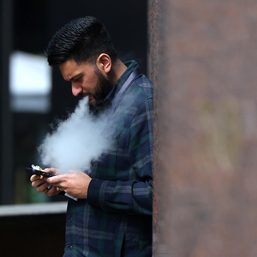
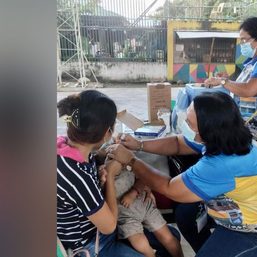
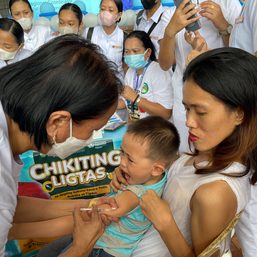
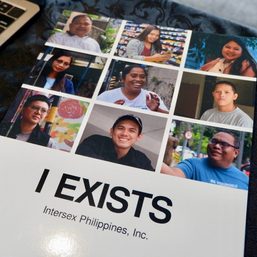
There are no comments yet. Add your comment to start the conversation.